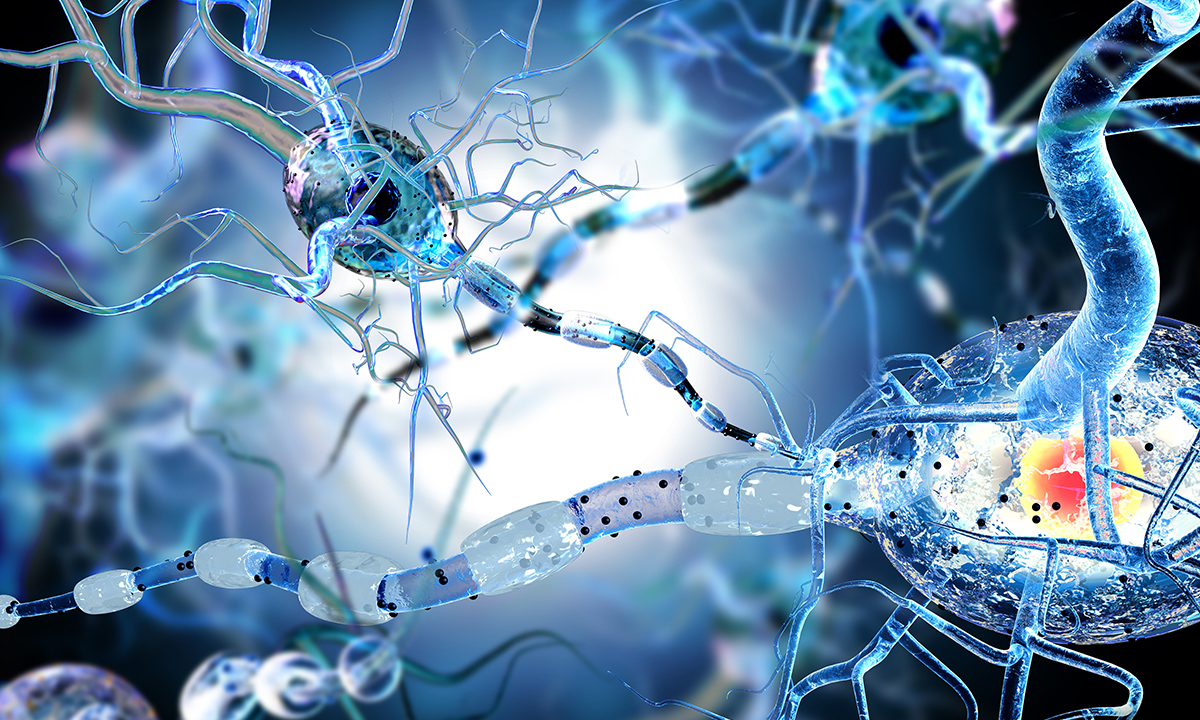PRECISION therapies targeting the molecular mechanisms of the disease are the shining hope for patients with uncontrolled, drug-resistant epilepsy, according to the authors of a narrative review published by the MJA.
The review was written in the wake of a new classification of epileptic seizures released by the International League Against Epilepsy (ILEA) in March 2017, which emphasises the importance of aetiology in allowing “optimisation of management”, as well as the importance of identifying comorbidities, such as learning, psychiatric and behavioural problems.
“The treatment of epilepsy relies primarily on antiepileptic drug (AED) therapy, which fully controls seizures in about two-thirds of patients,” wrote the authors – Dr Piero Perucca, consultant neurologist at the Royal Melbourne Hospital and Monash University, Professor Ingrid Scheffer, paediatric neurologist at Austin Health and the Florey Institute, and Dr Michelle Kiley, the director of Epilepsy Services at the Royal Adelaide Hospital.
“Second generation AEDs have expanded opportunities for tailoring treatment, but the burden of drug-resistant epilepsy, with its associated risks of disability, morbidity and mortality, has remained substantially unchanged for several decades.”
Over 15 second-generation AEDs have been developed since the 1990s and although they offer greater choice, and therefore more targeted options for patients, they have not significantly altered seizure-free outcomes.
Patients with drug-resistant epilepsy – defined by ILEA as “failure of adequate trials of two tolerated, appropriately chosen and used AED schedules (whether as monotherapies or in combination) to achieve sustained seizure-freedom” – should be considered for surgery at the earliest opportunity, the review authors wrote.
“Epilepsy surgery involves resection or, less commonly, disconnection or destruction of epileptic tissue, and it is the most effective therapy for selected patients with drug-resistant epilepsy,” they wrote.
Despite that, and official recommendations from the American Academy of Neurology, the American Epilepsy Society and the American Association of Neurological Surgeons, delayed uptake of the surgical option remains “of concern”.
“These recommendations have not translated to increased use of epilepsy surgery,” Perucca and colleagues wrote.
“Consideration of epilepsy surgery still occurs typically 20 years after epilepsy onset, despite evidence of its effectiveness after failure of two adequate AED trials, and despite data suggesting that longer epilepsy duration adversely affects surgical outcome.”
Other non-pharmacological therapies – including vagus nerve stimulation, transcutaneous stimulation of the vagus or trigeminal nerve, deep brain stimulation of the anterior nucleus of the thalamus and responsive cortical stimulation, ketogenic diet and a modified Atkins diet – are also evaluated by the review authors as hopeful paths for research.
Perucca and colleagues were cautious in their hopes for medicinal cannabis.
“Scientifically sound evidence on the effectiveness of cannabinoids in epilepsy was provided only recently [in cases of Dravet and Lennox–Gastaut syndromes] … Overall, more evidence is required before cannabidiol can be considered further for the treatment of most individuals with epilepsy,” they wrote.
Precision medicine provides perhaps the brightest hope for patients battling resistant epilepsy, the review authors wrote.
“The advent of next-generation sequencing has fuelled renewed hope, especially following successful models developed in oncology.
“Epilepsy offers a promising opportunity for precision medicine, due to the myriad of gene discoveries, availability of experimental in vitro and in vivo models for drug screening, and the feasibility of conducting small, cost-effective trials of novel agents.
“For some genetic epilepsies, precision medicine is already a reality,” they said.
“A prime example is glucose transporter type 1 deficiency syndrome, in which dominant mutations in SLC2A1 result in impaired brain uptake of glucose. These patients respond to the ketogenic diet, which provides the brain with an alternative energy substrate.
“Identifying the molecular cause of epilepsy also allows the prevention or minimisation of AED adverse effects. In SCN1A-related epilepsies, sodium channel-blocking AEDs, such as carbamazepine, may aggravate seizures. In epilepsies due to POLG mutations, avoidance of valproate is recommended due to increased risk of hepatic failure.”
The review authors concluded by emphasising surgery and precision medicine as the areas of greatest potential for patients with epilepsy seeking to lead a seizure-free life.
“A subset of drug-resistant individuals can be rendered seizure-free by epilepsy surgery, which should be considered as soon as two AEDs have failed.
“In other individuals, seizure control can be improved by using alternative AEDs or non-pharmacological therapies, but they rarely result in seizure freedom.
“Hope to reduce the proportion of patients with uncontrolled seizures rests on future therapeutic advances, including precision therapies targeting underlying molecular mechanisms.”
To find a doctor, or a job, to use GP Desktop and Doctors Health, book and track your CPD, and buy textbooks and guidelines, visit doctorportal.

 more_vert
more_vert